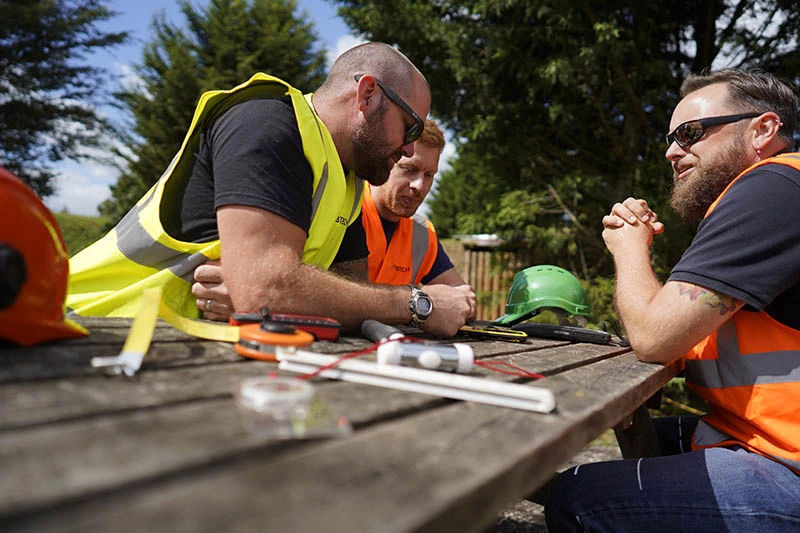Land risk assessments to support planning applications
If you are considering developing a previously used site in Sunderland, it’s essential to understand Sunderland City Council’s contaminated land policy. The council is responsible for identifying and managing contaminated land to ensure that any risks to humans and the environment are dealt with correctly.
Contaminated land will often require land remediation work by developers or property owners to ensure compliance with regulatory requirements in the Environmental Protection Act and Environment Agency guidelines. A robust land remediation strategy can often enable schemes to proceed despite pollution issues.
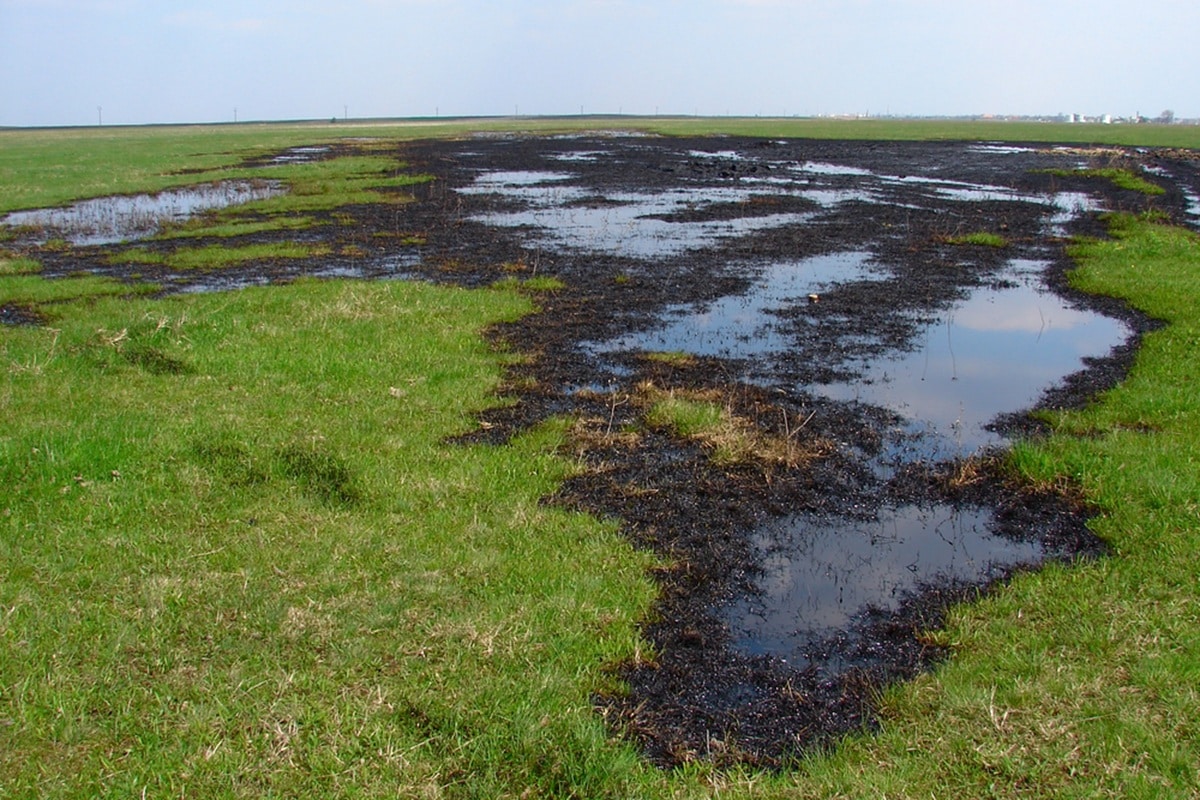
History of Contaminated Land in Sunderland
Various heavy industries have been based in Sunderland, notably shipbuilding and coal mining, and the area was a major exporter of salt, coal and lime for use in fertilisers. These industries have left areas of contaminated land on industrial sites, which may contain substances like heavy metals, oils, tars, chemicals gases or asbestos in quantities that could present risks to human health or the wider environment.
Confirming contaminated land
If contamination is discovered, landowners or developers must embark on a process involving site investigations and land remediation strategies to comply with regulatory requirements.
Geo-environmental consultants specialise in designing land remediation strategies that will enable development to proceed on contaminated land sites.
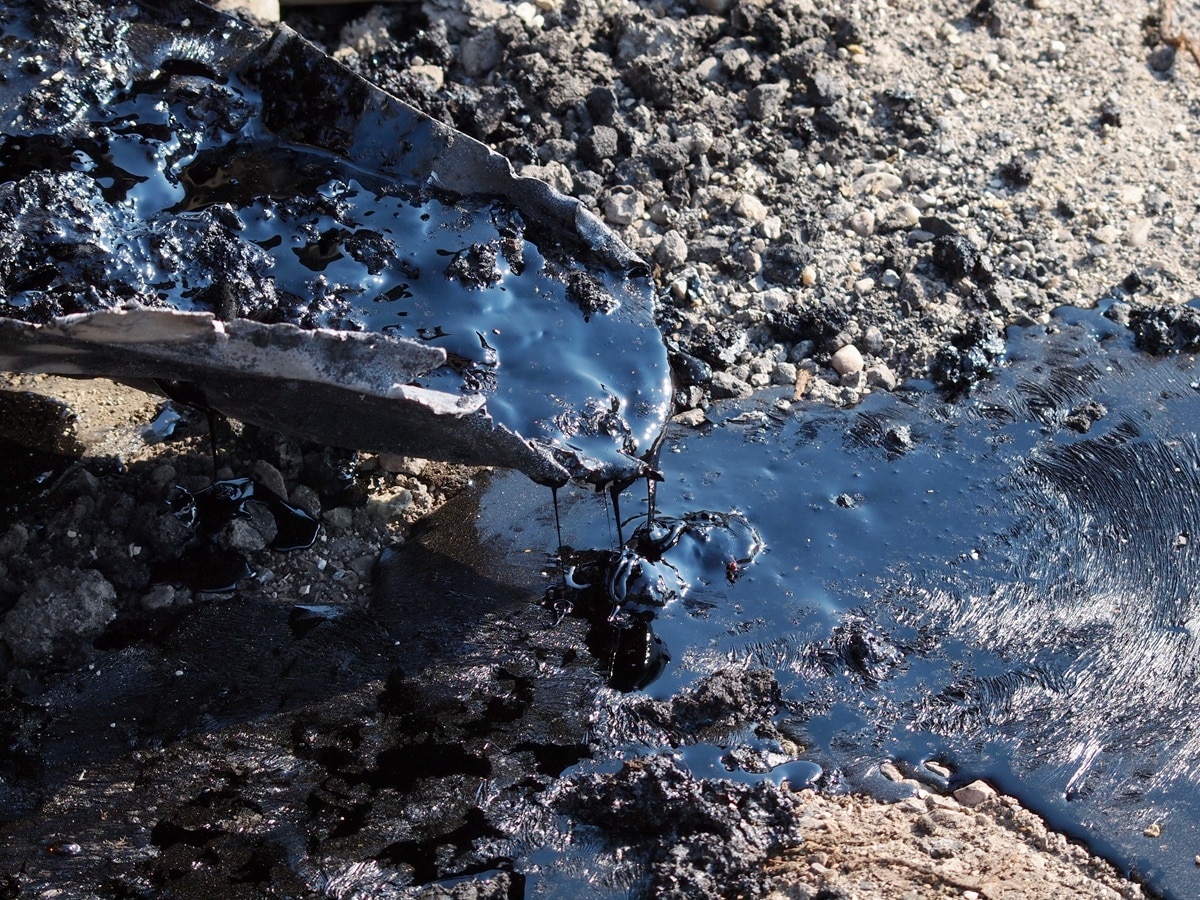
Legislation and regulatory requirements
Contaminated land is defined in the Environmental Protection Act 1990, Part 2a, as land where substances in, on, or under the ground, cause or may potentially cause, significant harm to human health, the environment or controlled waters. Legislation contained in Part 2a states that local authorities must monitor and remediate contaminated land sites.
Paragraph 197 of the National Planning Policy Framework puts responsibility for the safe development of contaminated land on developers or landowners – sometimes both. The Planning Practice Guidance and the Building Regulations and Environmental Permitting Regulations also refer to contaminated land and land remediation.
An experienced geo-environmental consultant will ensure that a contaminated land site complies with the required legislation by recommending an appropriate land remediation scheme.
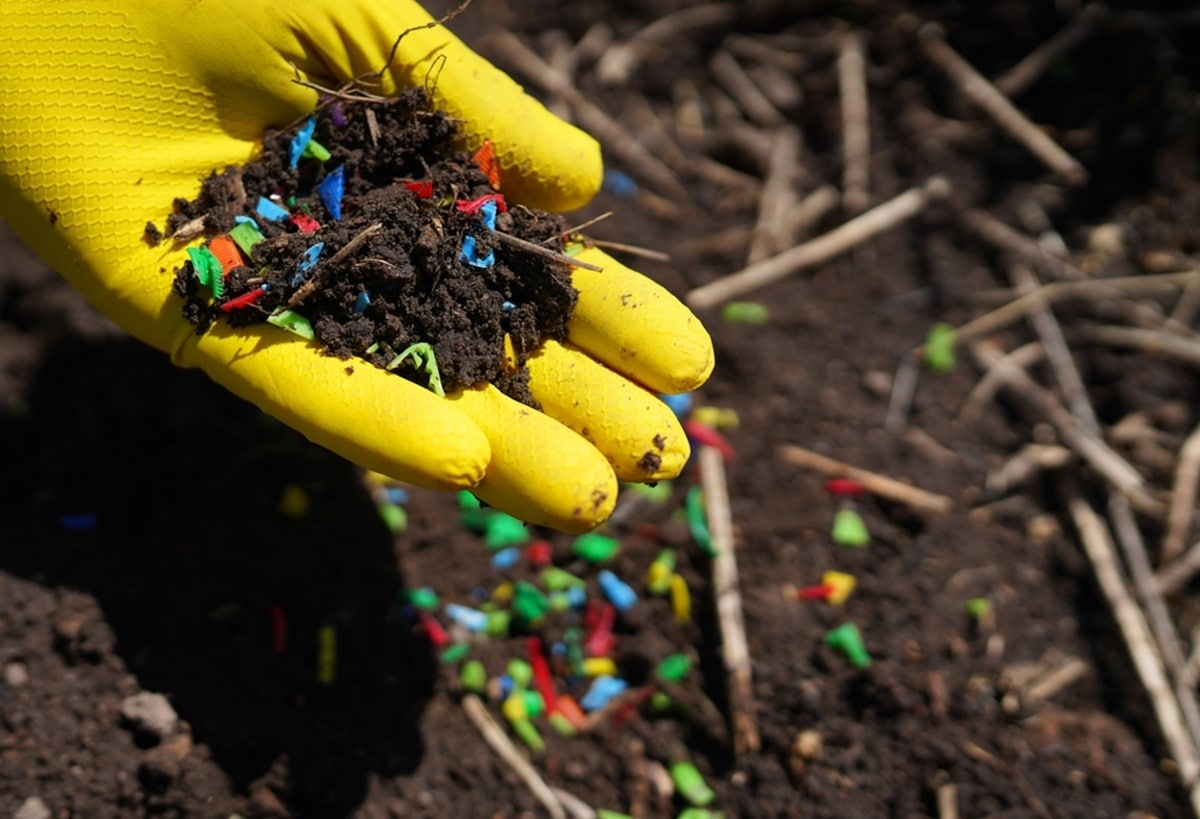
Sunderland City Council’s contaminated land strategy:
The council aims to identify and remove unacceptable risks to human health and the environment through contaminated land remediation. A key strategy is to promote the reuse of previously developed, or brownfield land. The council keeps a Brownfield Land Register, comprising sites that it considers suitable for development following the required land remediation work.
If you’re considering developing a potentially contaminated land site in Sunderland, follow these steps:
Pre-Application Consultation:
Talk to the local authority at an early stage to assess potential issues with your site; this is also an opportunity to find out additional information about the reports required for your planning application. If contamination is suspected due to the site’s history, a contaminated land risk assessment is often needed.
Preliminary Risk Assessment:
This phase 1 stage comprises a desk study followed by a site walkover to look for pollution and ways for it to spread. It involves researching the site’s history and former uses to identify potential contamination sources. Working to the Environment Agency’s Land Contamination Risk Management guidelines, geo-environmental consultants carry out this assessment: they may use a conceptual site model to help evaluate the site before proposing a land remediation scheme.
Detailed Site Investigation:
This phase 2 stage is required if the preliminary risk assessment reveals possible contamination and additional information is required. Typically, it will involve soil and water sampling to check for contaminants.
Land Remediation Strategy:
When data from the phase 1 and phase 2 assessments is collated, consultants can devise a land remediation strategy to deal with the issues raised. Bearing in mind cost effectiveness and practicality, they will propose measures to ensure that the site meets all regulatory requirements.
Validation and Reporting:
Following all land remediation work, a validation report must be provided to the local authority to prove that the site complies with all the required environmental regulations.
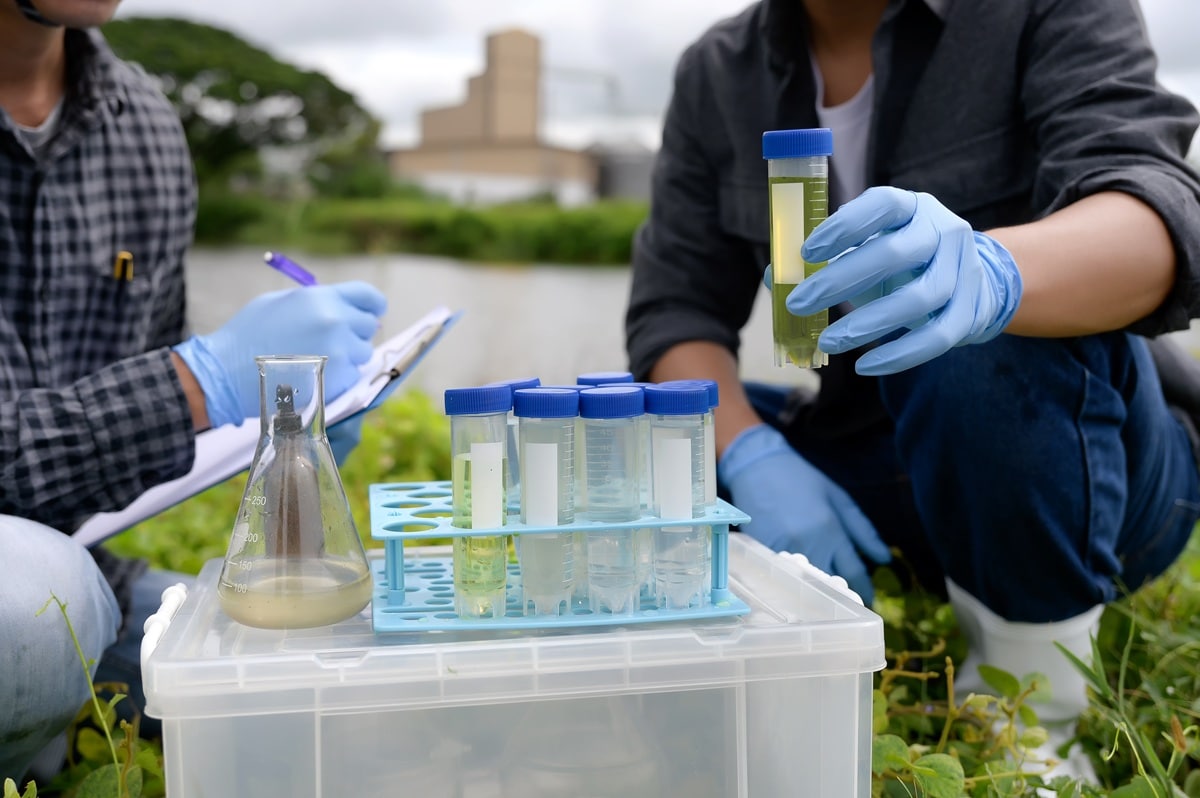
Safe land remediation to create new opportunities
In encouraging the redevelopment of historically contaminated land, Sunderland Council aims to promote the creation of safe schemes that will not endanger human health, the environment or controlled waters. For developers with contaminated land sites, it is essential to carry out the correct land remediation processes to comply with regulations in the Environmental Protection Act and Environment Agency policies.
Discovering contaminated land will not signal the end of your development plans; carrying out the right land remediation strategy will, in many cases, clear the way to a successful planning application.
Arbtech’s experienced geo-environmental consultants can help you assess how contaminated land should best be dealt with by recommending land remediation work. For further information, fill in our quick quote form at the top of this page.


